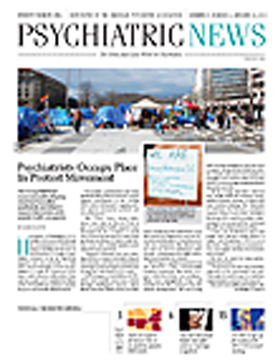The epidemic of prescription painkiller overdose deaths in the United States grew more severe over the last decade, and—as of 2008—was fast approaching the number of deaths from motor-vehicle crashes, the nation’s leading cause of injury death. That’s according to a recent analysis by the Centers for Disease Control and Prevention (CDC), published in the November 4, 2011, Morbidity and Mortality Weekly.
The CDC analyzed rates of fatal opioid painkiller overdoses, nonmedical use of the medications, sales, and treatment admissions for the period 1999 to 2008. Rates of nonmedical opioid pain reliever use in the past year by state were obtained from the 2008 to 2009 National Survey on Drug Use and Health (NSDUH). The CDC found that those opioid-related deaths had increased to the point of exceeding deaths involving heroin and cocaine combined. And, they said, the wide variation among states in the nonmedical use of opioid pain relievers and overdose rates they found cannot be explained by underlying demographic differences in state populations. Rather, wide variations in prescribing patterns are more likely to blame.
“The proliferation of high-volume prescribers can have a large impact on state use of opioid pain relievers and overdose death rates,” said CDC researchers, who pointed to a spate of illegitimate pain clinics that provide medication to large volumes of patients without adequate evaluation of follow-up (so called “pill mills”) as one contributor to disparities in numbers between states. “Large increases in overdoses involving the types of drugs sold by illegitimate pain clinics have been reported in Florida and Texas,” they said.
“Public-health interventions to reduce prescription drug overdose must strike a balance between reducing misuse and abuse and safeguarding legitimate access to treatment, the CDC emphasized, noting that health care providers should only use opioid pain relievers in carefully screened and monitored patients when nonopioid pain treatments have not been sufficient to treat pain, as recommended in published evidence-based guidelines.
The CDC tasked states with achieving some level of control over opioid pain prescriptions, saying that state agencies, as regulators of health-care practice, have the responsibility and authority to monitor and correct inappropriate and illegal prescribing.
“All interventions need to be evaluated further, and new interventions developed,” said the CDC. “Concerted attempts to address this problem, especially in states with high rates of opioid pain reliever sales, nonmedical use, or overdose mortality, might help control the epidemic.”

